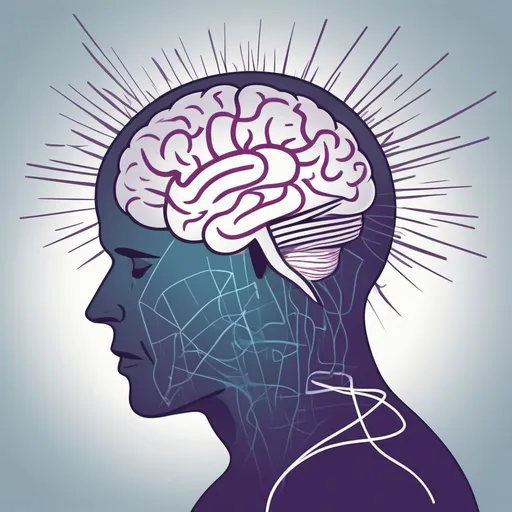Meheli Banerjee: Seizing Control: The Fight Against Post-Traumatic Epilepsy
Let’s think of our brain like it is a city. There’s a bustling downtown of neurons firing signals back and forth, power lines (aka axons) delivering the electricity (aka neurotransmitters) keeping everything up and running. One day in the peaceful town of Brainsville, a meteor hits and traumatizes the city. The lights go out. Roads get blocked. And in some cases, this disruption can leave lasting scars that keep the city from running quite the same way again. The city now most of the time faces short circuits and disruptions due to faulty electrical lines.
This brings us to the concept of post traumatic epilepsy (PTE) where epilepsy is developed in an individual as a consequence of traumatic brain injury (TBI). Not all TBIs lead to epilepsy (thank goodness!), but when they do, it’s because the initial trauma—whether it’s from a car accident, a bad fall, or even a particularly ill-advised parkour stunt—has shaken up the brain’s circuitry.
Seizures in PTE are the ultimate party crashers. They show up uninvited, short-circuiting your plans with symptoms like muscle spasms, loss of consciousness, and confusion. And the timing? Totally unpredictable. PTE can rear its head weeks, months, or even years after the original injury.

Understanding post-traumatic epilepsy is like being handed a blueprint to fix Brainsville’s disrupted infrastructure. 20% of epilepsy cases worldwide are linked to head injuries. For military personnel and athletes, that number is even higher. The delay between injury and epilepsy makes PTE unique. Researchers are working to map out the series of events that occur between the initial trauma and the development of epilepsy. This period, known as the “latent phase,” holds the key to prevention. If we can figure out how the electrical grid of the brain starts misfiring in the first place, we can step in with strategies to repair or redirect the faulty circuits before they cause lasting damage. This isn’t just about fixing roads or power lines—it’s about giving people their lives back. For someone living with PTE, life can feel unpredictable and overwhelming. What if a seizure happens here? Now? The toll of living with this unpredictability goes beyond the patient—it affects their loved ones, their community, and their sense of independence.
Studying PTE isn’t just about understanding one condition, it’s about expanding our understanding of the brain itself. How does trauma alter neural networks? How do these changes lead to disease? And most importantly, how can we harness this knowledge to heal? These are questions that ripple out to other neurological conditions.
As we push forward, it’s critical to remember that behind every data point is a human story. A person whose life was forever changed by a fall, a crash, or a blow to the head. A family that holds onto hope for answers. Researching post-traumatic epilepsy is about more than science, it’s about lighting up the lives of everyone in Brainsville, one neuron at a time.
In the research conducted by my lab, we are taking a small step towards understanding the brain and its environment during epileptogenic activities. Stay tuned to know more about what we find.
Meheli Banerjee works as a doctoral researcher in the Neuro-Innovation PhD programme. Her research focuses on non-coding RNAs in the context of seizures and traumatic brain injury.